Hungary
Rivals Launch Military Satellites Amid U.S.-led Space Defense Drills
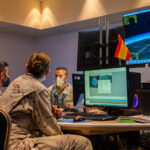
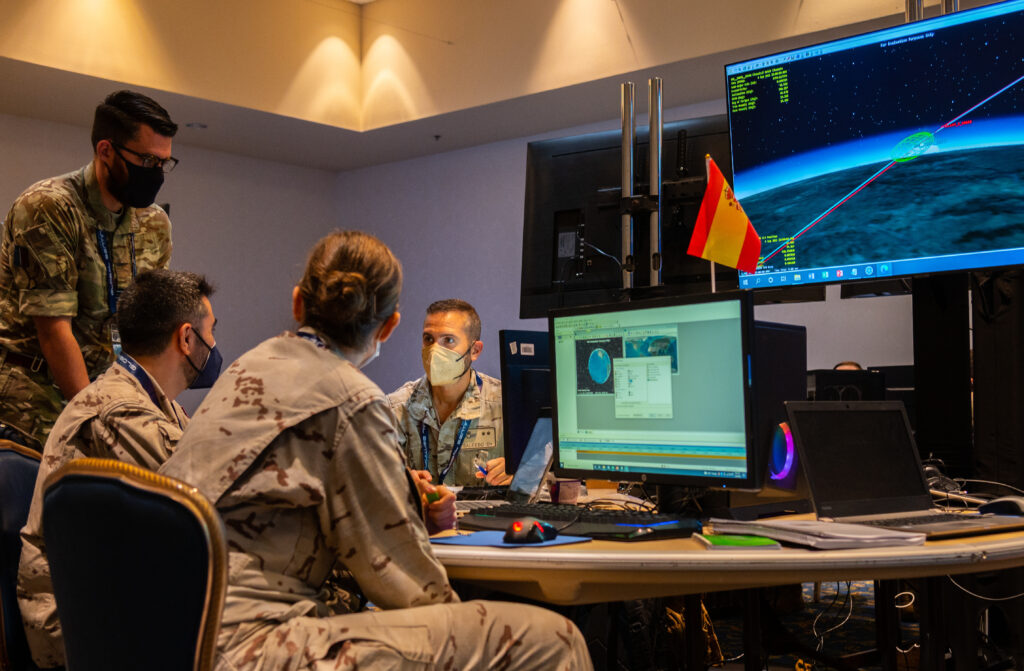
A flurry of military and intelligence satellite launches by rival powers this month came as the United States and two dozen partner nations wrapped up the largest global space defense wargame in history.
Russia launched what some leaders have described as a spy satellite for Iran and its own on-orbit snooping satellite Cosmos-2558, which is circling Earth in an orbit conspicuously close to a recently launched U.S. National Reconnaissance Office satellite, a Netherlands researcher confirmed.
2020 TSRQ3 – Infrastructure: Human Spaceflight

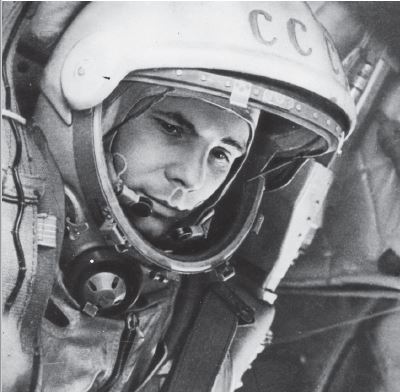
Since Yuri Gagarin’s orbital flight around the Earth in April 1961, humans in pioneering new technologies and pushing the limits of what’s considered possible. This year ushered in a new era of human spaceflight when SpaceX became the first . . .
2019 TSRQ3 – Education STEM Proficiency
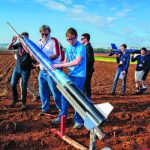
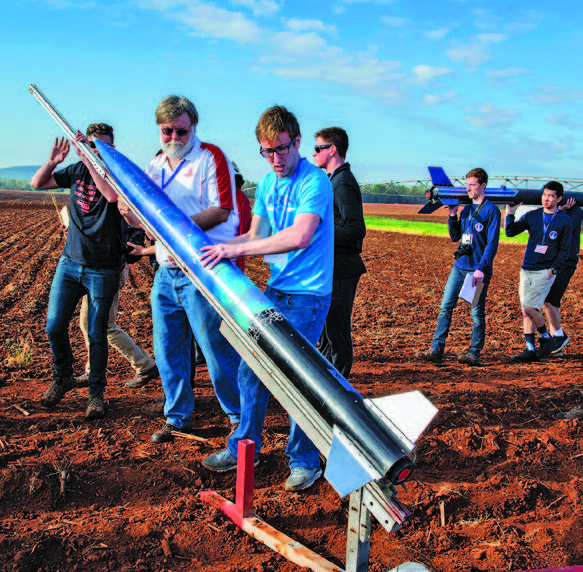
The science, technology, engineering, and mathematics (STEM) workforce is at the core of the space industry—from the mathematicians and astronomers who analyze space to the engineers who design and build the launch vehicles that get us there. This workforce is enabled . . .
2019 TSRQ2 – Workforce: Domestic and International Space Industry Employment
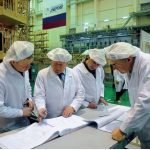
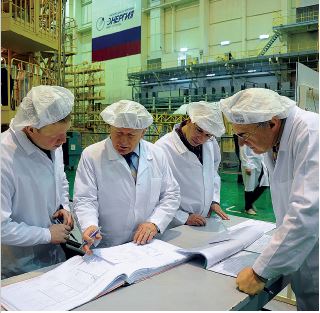
The global space industry employs hundreds of thousands of highly skilled individuals to design, produce, and operate cutting-edge technology. This dynamic workforce contributes to local economies, with clusters of innovative companies and service . . .
2017 – Government Space Budgets
Global government spending increased in 2017, totaling $76.2 billion, up from $72.7 billion in 2016. Government spending accounted for 19.9% of the global space economy . . .
2016 – Workforce
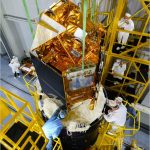
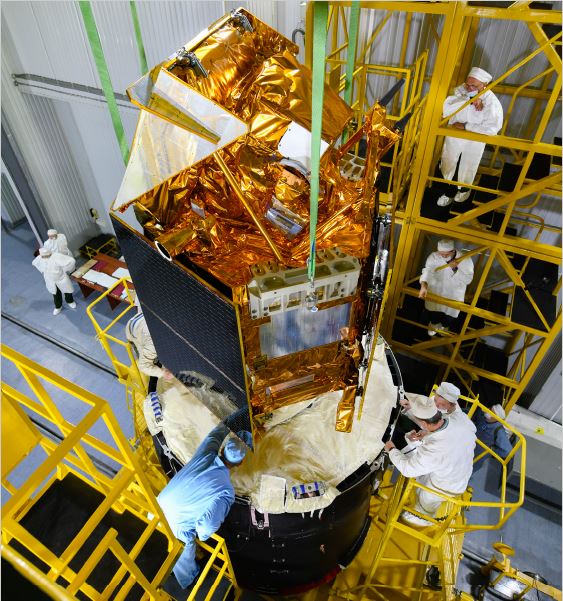
The global space industry employs hundreds of thousands of individuals in well-paid cutting-edge technology jobs, and it relies on a pool of highly qualified workers to fill new jobs as they arise. Trends among this workforce, including . . .